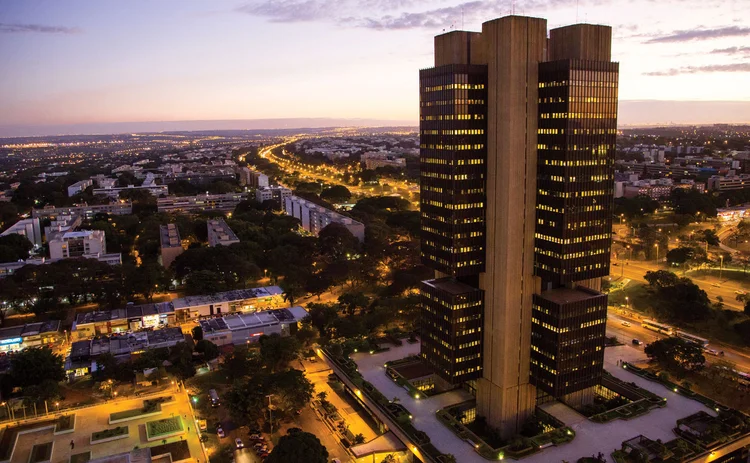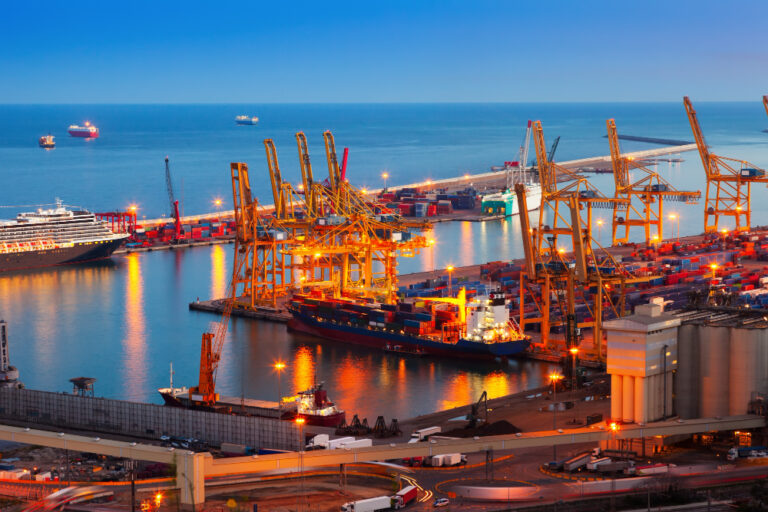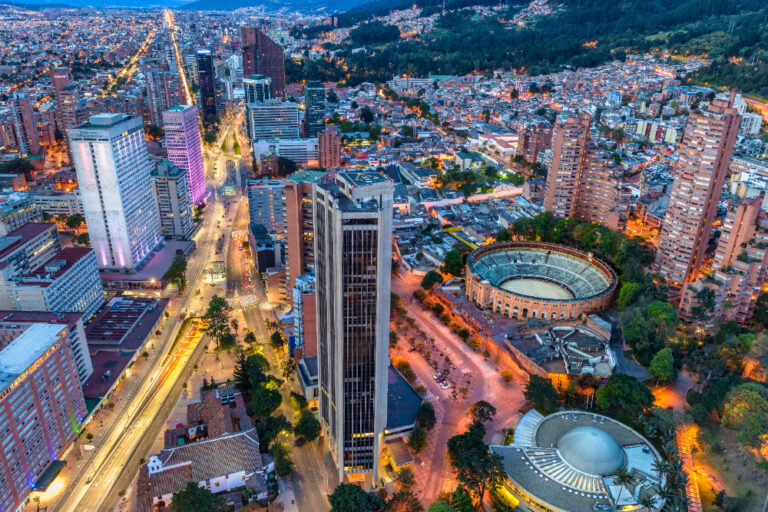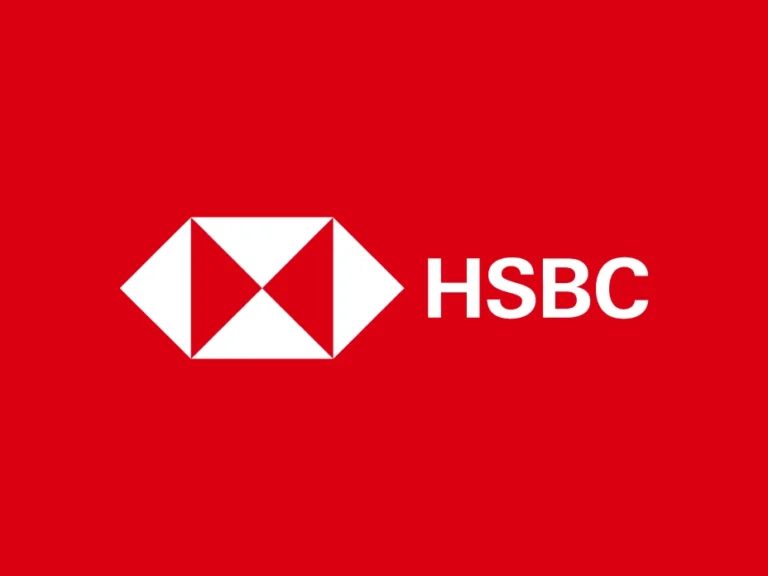
Brasília, Brazil—March 27, 2025—Brazil’s central bank signaled Tuesday that it plans a smaller interest rate hike at its next meeting, a shift driven by heightened uncertainty and the lagging effects of monetary policy, as it works to rein in persistent inflation. The announcement, detailed in the minutes of its March 18-19 meeting and reported by Reuters, follows a robust 100-basis-point increase that pushed the benchmark Selic rate to 14.25%—the highest since 2016. Policymakers now eye a more cautious approach, balancing economic slowdown signals with the need to anchor inflation expectations.
The bank’s rate-setting committee, known as Copom, raised rates earlier this month to tackle inflation that’s drifted well above the 3% target, hitting 4.87% in November 2024. Tuesday’s minutes underscore a tricky landscape: resilient economic activity, a tight labor market, and a weaker Brazilian real keep price pressures alive. Yet uncertainty—spanning domestic fiscal woes and global trade tensions—prompted Copom to limit guidance to the next meeting, set for May 6-7, rather than commit to a longer-term path.
Governor Roberto Campos Neto, in his final weeks before Gabriel Galípolo takes over in January, stressed the bank’s focus on credibility. The minutes note monetary policy lags—typically 12 to 18 months—mean recent hikes won’t fully bite until mid-2026, justifying a smaller step next time. Economists at XP forecast a 75-basis-point hike in May, followed by a 50-point move in June, per Reuters, though some see a more modest 50-point increase if growth cools faster than expected.
Inflation’s Stubborn Grip
Inflation remains the central bank’s chief foe. Private forecasts now peg 2025 inflation at 4.5%, up from 3.9% last month, per the bank’s weekly survey. The real’s slide—down 15% against the dollar in 2024—adds fuel, pushing up import costs. President Luiz Inácio Lula da Silva’s fiscal moves, including payroll credit expansions, clash with Copom’s tightening, stoking demand in an economy that grew 2.8% last year, per Bloomberg. The bank warned Tuesday that unobstructed monetary channels—credit, consumption, investment—are key to hitting the 3% target.
Global factors weigh in too. Trump’s U.S. tariff threats, including a 10% hike on Chinese goods and 25% on others, rattle markets, per The New York Times. Brazil’s export-driven sectors, like soy and beef, could face indirect hits if trade flows shift. Copom’s minutes nod to this “challenging global environment,” with U.S. policy uncertainty amplifying exchange rate volatility.
A Balancing Act
The bank’s hawkish streak—300 basis points of hikes since September 2024—reflects urgency, but Tuesday’s tone suggests restraint ahead. After front-loading tightening to curb expectations, Copom now sees a slower pace as growth softens. Fourth-quarter 2024 GDP data, due next week, may show a dip from Q3’s 0.7% pace, per Reuters analysts, giving room to ease the throttle. Still, the bank insists the cycle isn’t over, with inflation projected at 3.9% for Q3 2026—above target but down from 4% last estimate.
Markets reacted tepidly. The real held at 5.9 to the dollar Wednesday, per X posts, while interest rate futures edged up, pricing a 60% chance of a 50-point May hike. “They’re buying time,” said Rodolfo Margato of XP, noting fiscal clarity from Lula’s team could sway the bank’s hand.
Political and Economic Crossroads
Lula, whose appointees will hold a 7-2 Copom majority by mid-2025, keeps pressuring for lower rates, calling the current 14.25% “irresponsible” in a Sunday Globo interview. Yet the bank’s autonomy, bolstered under Campos Neto, holds firm—Wednesday’s arrests of 295 suspects in Peru’s crime crackdown, per AP News, offer a stark contrast to Brazil’s focus on economic stability over populist pivots. Hyundai’s $7 billion U.S. plant, announced Wednesday per Reuters UK, hints at global shifts that could lift Brazil’s auto supply chain, but not soon enough to offset tariff pain.
For now, Brazil’s central bank walks a tightrope. A smaller hike in May aims to cool inflation without choking growth, but the real’s fate—and Trump’s next move—could force a sharper turn. The fight’s far from over.





